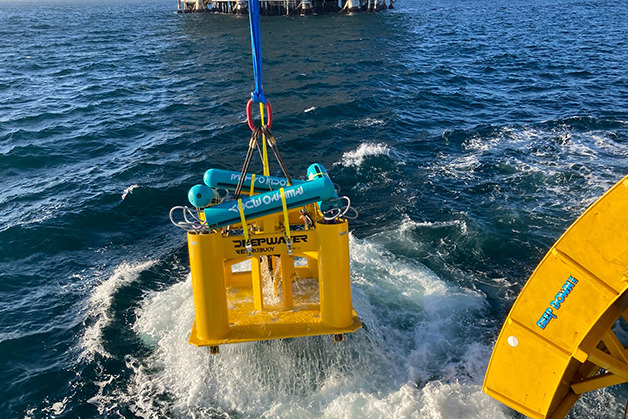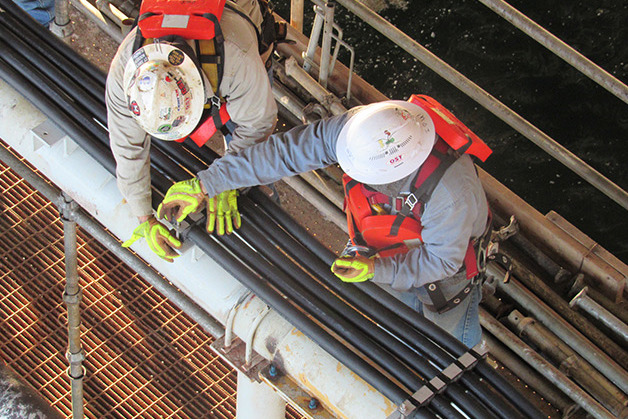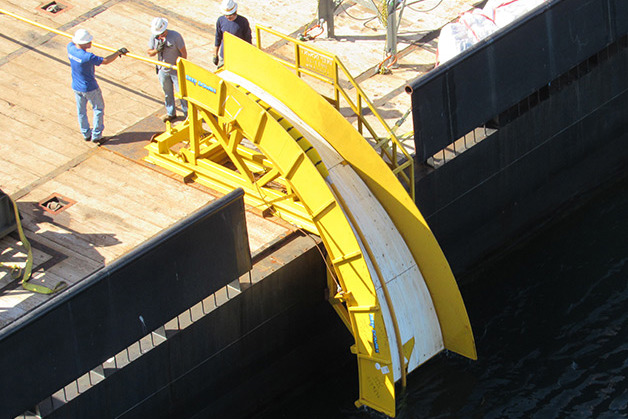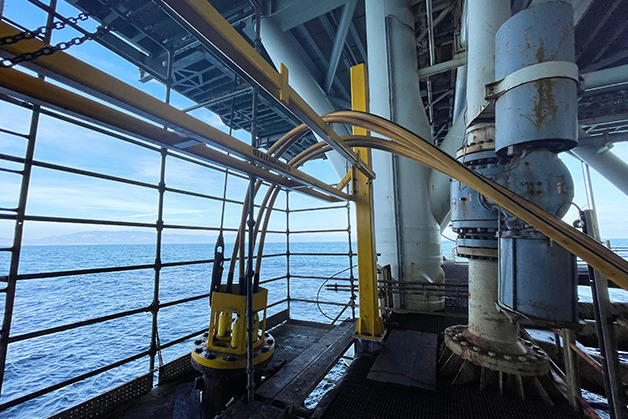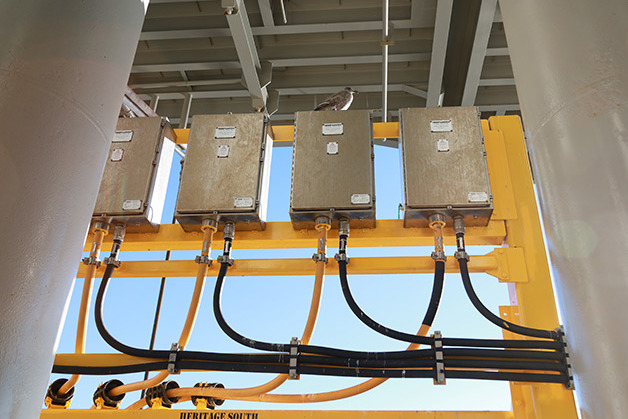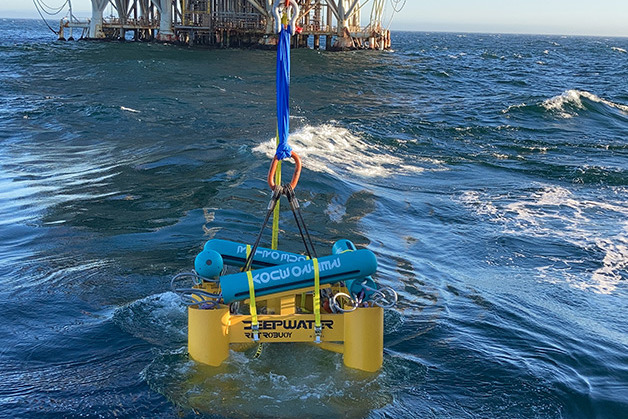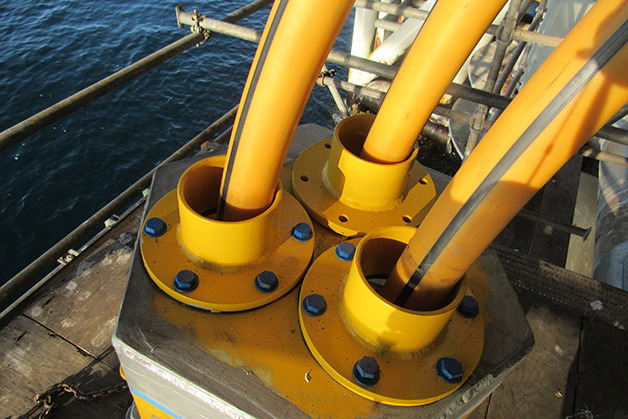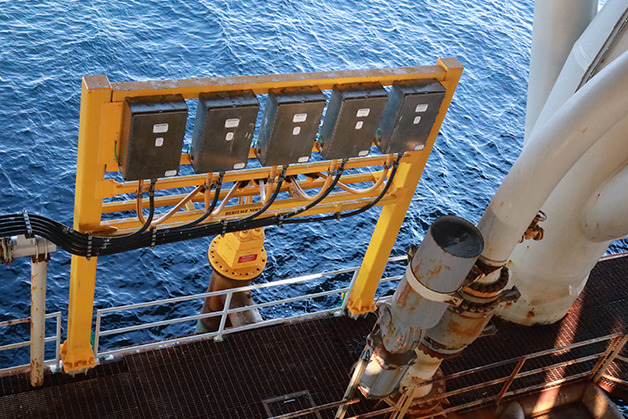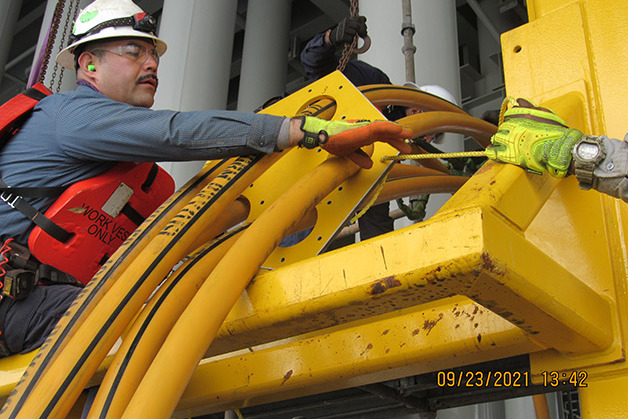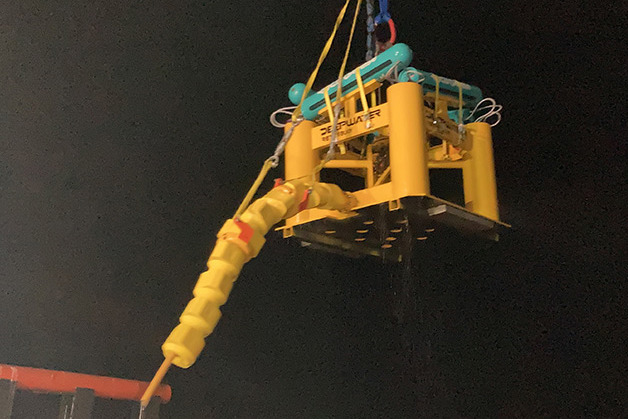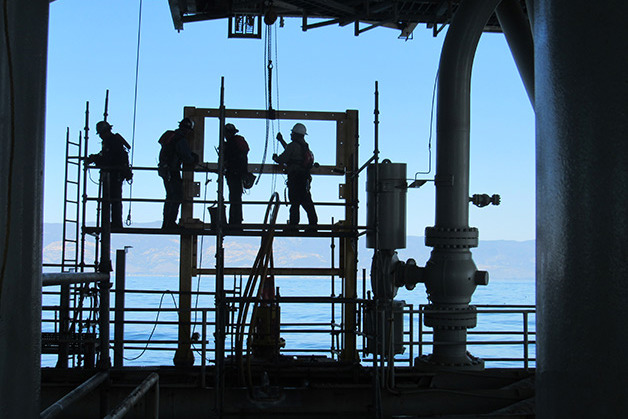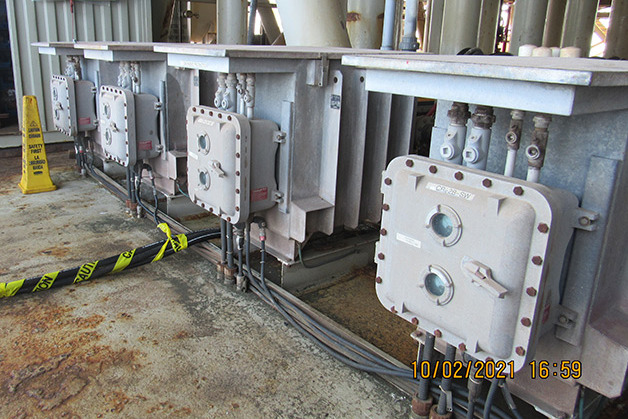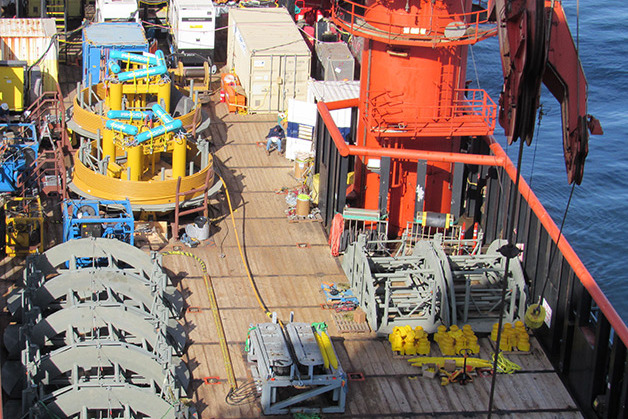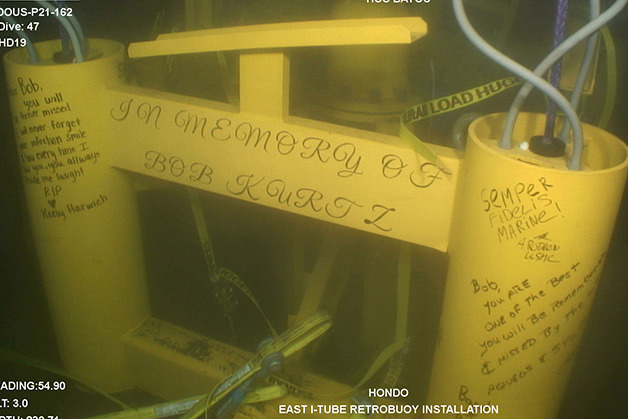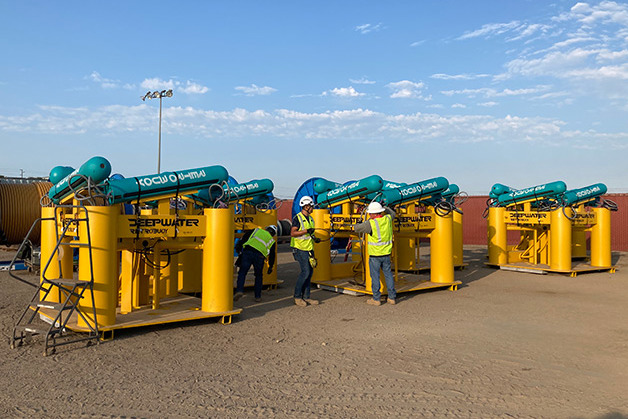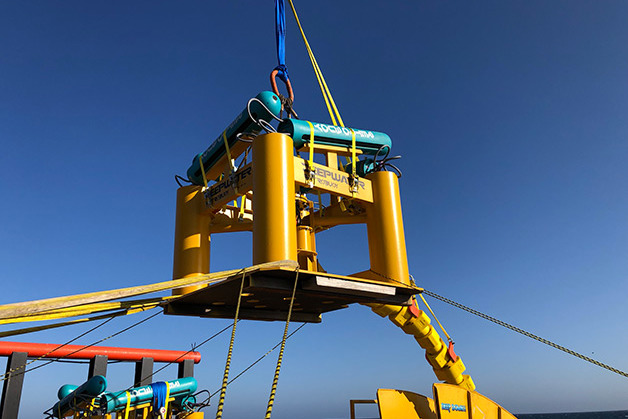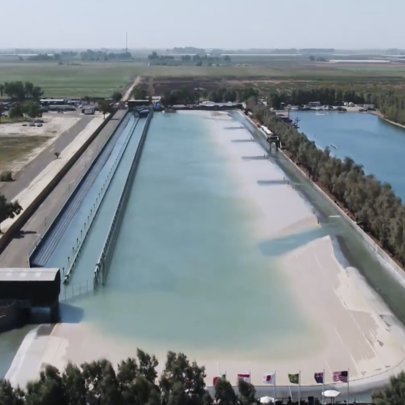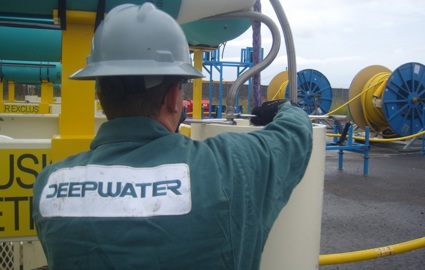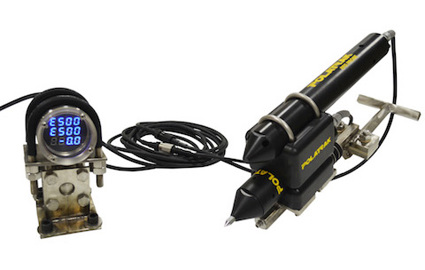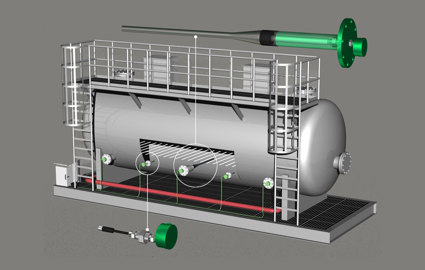Santa Ynez Unit
Largest single-campaign retrofit ever
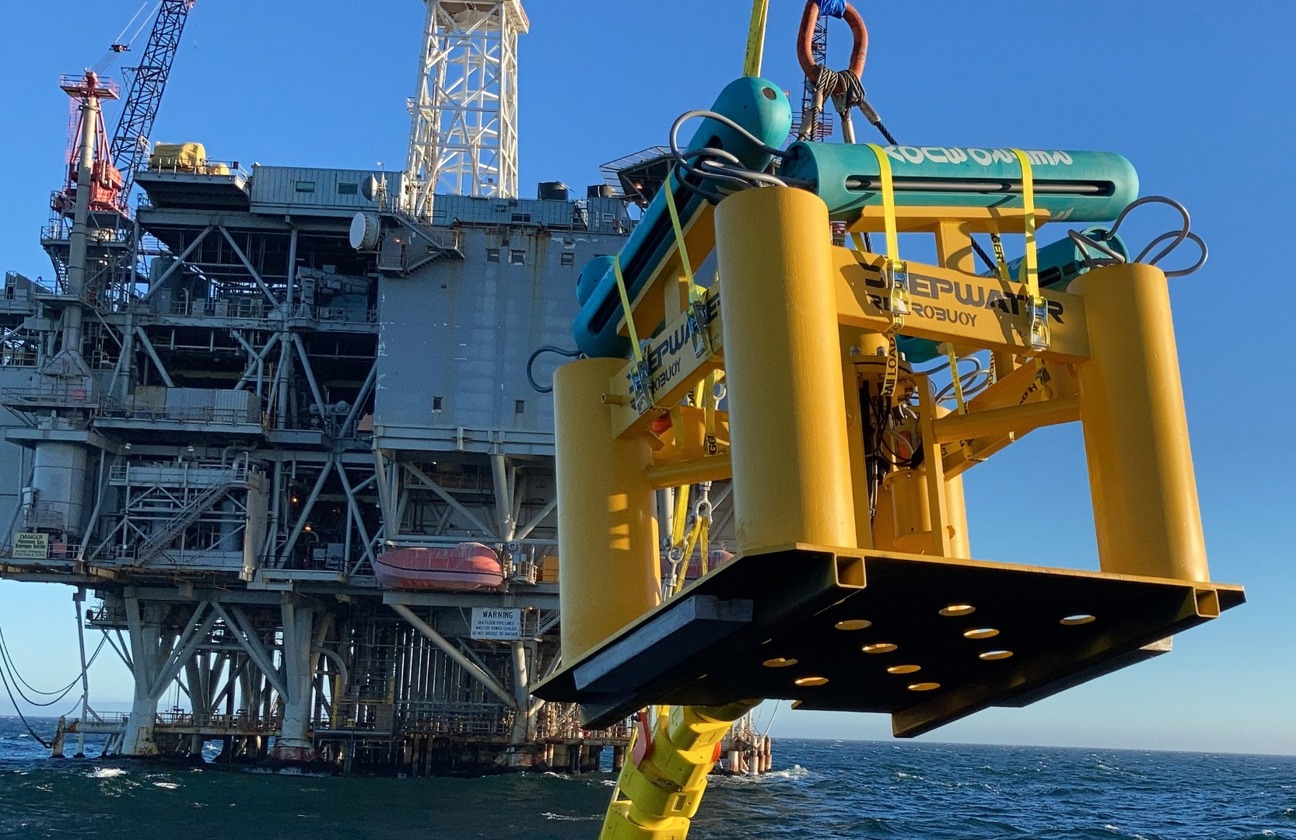
Harmony, Heritage and Hondo
Deepwater was contracted to provide an ICCP retrofit for the Santa Ynez Unit platforms Harmony, Heritage and Hondo, located five to nine miles offshore west of Goleta, California. They are three of the deepest platforms in the world (Hondo is 850 ft, Heritage is 1,075 ft and Harmony is 1,200 ft) and this marked the largest offshore ICCP retrofit ever undertaken in a single campaign.
The structures were built in 1976 (Hondo) and 1989 (Harmony and Heritage) and the ICCP sleds from previous retrofits (installed in 2002, 2011 and 2012) had already proved inadequate to polarize the platforms’ jackets below depths of 800 ft; by 2016, output had further diminished as components of the systems had begun to fail. A higher-capacity system was needed, and the decision was made to reuse as much of the existing equipment as possible – such as rectifiers and I-tubes – to help minimize costs.
The new system is designed to supplement the CP of submerged areas depolarized from anode loss, extend the CP protection by 25 years, minimize additional equipment needed to protect interior members of the jacket and minimize the risk to other structures (such as connected pipelines) from the new ICCP system.
By using a completely modular design with interchangeable components, Deepwater was able to sidestep extra costs and complications associated with designing customized systems for each platform. CP modeling was used to plot the optimal placement of sleds around each structure, along with acceptable contingency placements in case of operational difficulties during installation.
Anode junction boxes located topside were raised another 11 feet to prevent flooding during high seas.
In all, the three structures were fitted with 21 RetroBuoy™ anode sleds for a total of 21,000 amperes of current output capacity. Because the number of systems to be installed was so great, they could not be transported together in one campaign. Instead, all of the sleds along with their cassettes were brought aboard Harmony beforehand via standard transport vessel and were backloaded in the field for placement, thus avoiding costly return trips to the dock by the installation vessel. The RetroBuoys™ were installed and inspected in a span of 17 days from port to port.
The system was inspected, tested and energized to re-polarize the structures, which resulted in an immediate average shift of 118 mV, plus an additional 58 mV shift after one year of operation.
